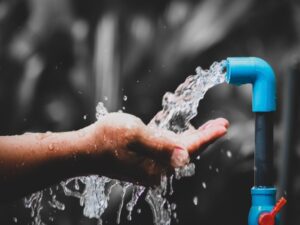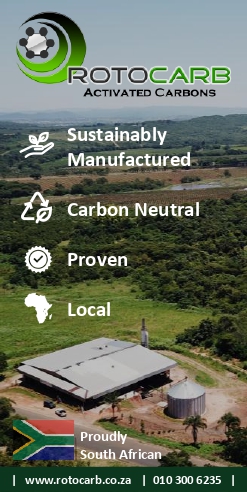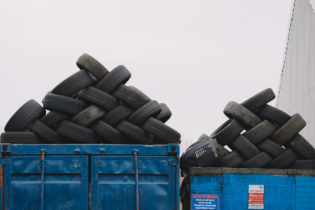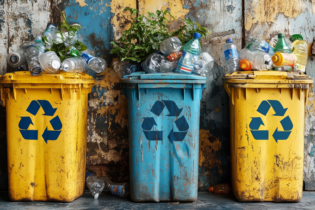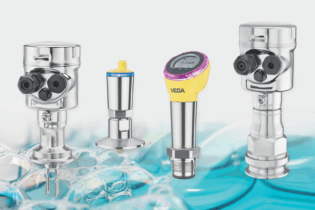Established with a purpose to inspire a built environment in which people and the planet thrive, the Green Building Council of Southern Africa (GBCSA) certifies green buildings. Water conservation plays an important role in its rating tools.
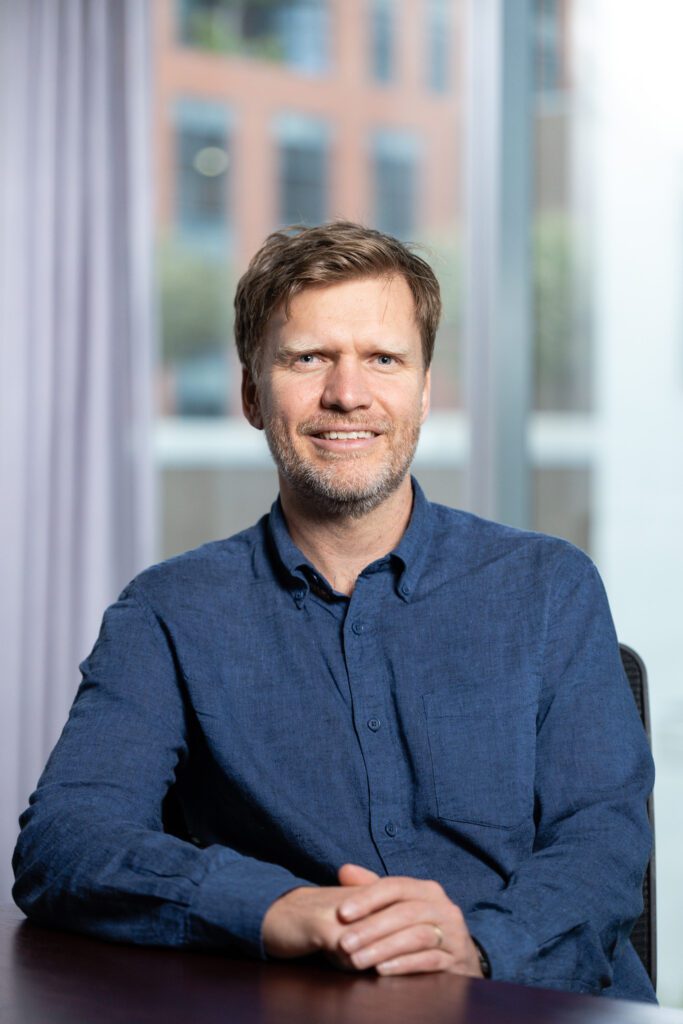
- Water consumption: Encourages buildings to minimise their water consumption by implementing measures such as installing water-efficient fixtures and fittings (low-flow showerheads and toilets), and designing buildings that use less water in their operations, such as those that recycle water or capture rainwater for reuse. Buildings are also evaluated based on their ability to reduce water wastage and promote water conservation using efficient irrigation systems and other water-saving measures.
- Water quality: This includes assessing the treatment of wastewater, the management of stormwater runoff, and the protection of water quality in natural waterways surrounding the building.
- Water management: Assesses the overall water management practices of a building, which includes assessing the implementation of water management plans, monitoring and reporting of water usage, and the engagement of building occupants in water conservation practices.
“The idea is to have one New Build rating tool that can be applied to a wide range of building typologies. This update will provide the framework to guide positive change and align to global trends and commitments around sustainability. The tool has an even greater focus on water and will provide a calculator to better predict the estimated water usage of the designed building. It will retain the need to include an effective metering strategy and provide a building tuning process to ensure the designed initiatives are in fact operating as intended. A new requirement has been added which considers the operational resilience of the building’s water supply system. There is a focus on water from a design perspective,” explains Coville.
Energy Water Performance Tool (EWP) The EWP toolbenchmarks water performance for offices. Developed by the GBCSA, the EWP assesses the performance of both water and energy use. The calculator uses benchmarks, created from industry using actual performance and assesses water performance relative to a benchmark. It can assist building owners in understanding where their office building performance sits in relation to other similar office buildings in industry, as well as in relation to other buildings in their own portfolio. This is a fantastic tool for making decisions on which buildings to retrofit, hold or sell, and also becomes a powerful communication tool to prospective tenants or buyers. Net Zero Water Tool The Net Zero Waterrating tool helps building owners, designers, and operators achieve a net-zero water use goal. When a building is able to consume as much water as it produces it achieves a Net Zero rating. The rating is structured in a way to reward projects which have achieved Net Zero at the design stage (modelled) as well as operational phase (measured) of a building’s lifecycle. Excellence in Design for Greater Efficiencies (EDGE) Tool The EDGE tool is a building certification system developed by the International Finance Corporation (IFC), a member of the World Bank Group. It is a resource efficiency assessment/certification tool and assesses a building’s water performance in three key areas:- Water consumption: Assesses the total water consumption of a building. The tool calculates the water consumption based on various water use measures. This covers for example sanitary fittings, landscaping and appliances
- Wastewater: The tool evaluates whether the building has implemented any measures to treat and reuse the wastewater. It also considers if rainwater is harvested and reintroduced into the building.
- Water efficiency: Calculates the efficiency of a building’s water use by comparing its water consumption and harvested water to a baseline value. The baseline value is calculated based on the water consumption of a reference building with similar occupancy and local water use characteristics.


